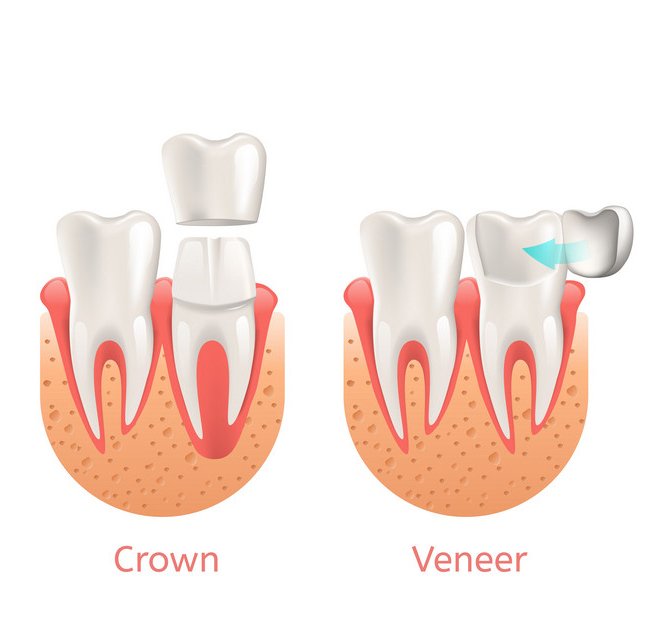Are Veneers Cheaper Than All Ceramic Crowns

Resin veneers the cheapest type last 5 7 years but if you take good care of them they can last longer.
Are veneers cheaper than all ceramic crowns. Difficulty of placing veneers vs. Although composite veneers have a number of advantages there is one area in which they cannot compete with porcelain. Dentist uses conservative depth cutting techniques when preparing teeth for porcelain laminate veneers. For a crown to fit properly your dentist will likely need to remove a significant amount of dental structure.
In terms of durability they are also similar. The porcelain is color matched to your natural teeth. Porcelain veneers while brittle can stay in your mouth for twenty years or longer if you don t physically. Both crowns and veneers are effective in improving the aesthetic appearance of teeth.
Porcelain crowns cover the entire tooth consequently crowns require 360 degrees of reduction of the tooth so a porcelain cap covers over the. A crown encases the entire. Prepping teeth for veneers is usually quite simple but seating them requires meticulous attention for proper positioning and color as well as avoiding breaking the veneers during cementation. Porcelain crowns can last a long time but they have to be well taken care of.
Patients who suffer from bruxism should opt for gold of pfm. They may be more costly than other types of crowns such as metal crowns. Customized to complement a patient s natural smile these porcelain caps completely cover the tooth down to the gumline. The process for getting a crown or a veneer is similar.
Advantages of porcelain veneers. Porcelain veneers covers only the front surface of the tooth your teeth will be shaped minimally to receive veneers. Porcelain fused to metal crowns pfm porcelain fused to metal pfm crowns are another widely used type of dental crowns. Veneers are slightly cheaper than their most popular alternative dental crowns.
In some ways dental crowns are very similar to veneers. Dental veneers are most commonly made out of porcelain. Applying traditional dental veneers requires more intensive prep work compared to alternatives that are sometimes called no prep veneers. A veneer is usually made of wafer thin porcelain and is bonded to the front of a tooth.
Your dentist trims down your tooth to prepare it. Veneers are strong but brittle and sharp or repeated impacts can dislodge or crack them. Porcelain and ceramic crowns tend to be slightly more expensive than all metal crowns. Porcelain is a far stronger material than composite resin even with the improvements in resin materials over the years.


















